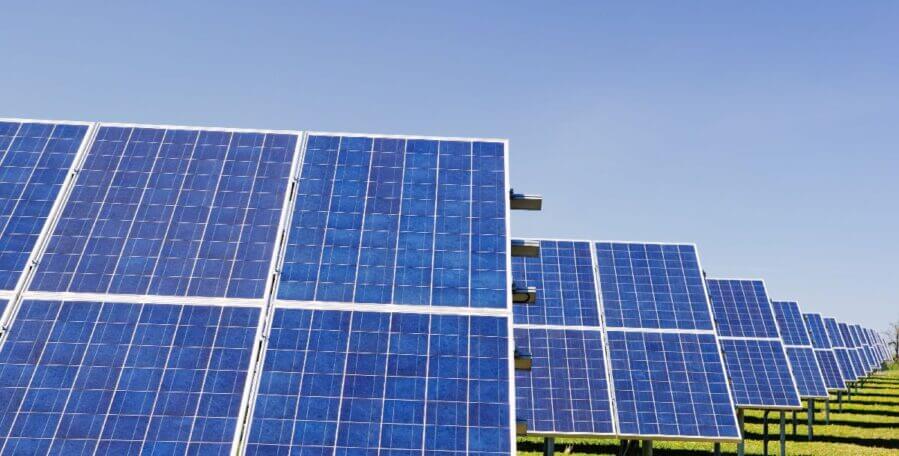If you take an object and set it out in the sun, it will begin to warm up. This is because it is absorbing energy from the sun’s rays and converting that energy to heat. If you leave that object outside it will continue getting warmer, but only to a point. A sunbather lying on a beach won’t catch fire, after all.
As objects (or people) absorb energy (light from the sun), they also emit energy (infrared radiation, or heat). This is something you may have experienced while walking past a block wall on a summer afternoon and feeling heat emanating from it.
The connection between an object’s ability to absorb and emit energy in the form of electromagnetic radiation—its absorptive and emissive efficiencies—has long been explained by something known as Kirchhoff’s law of thermal radiation. The law, a concept devised by Gustav Kirchhoff in 1860, which states absorptive and emissive efficiencies are equal at each wavelength and angle of incidence. (A more in-depth explanation of Kirchhoff’s law can be found here.)
A new device developed in the lab of Harry Atwater, the Howard Hughes Professor of Applied Physics and Materials Science, breaks that normally tight relationship between the absorbed and emitted efficiencies of an object. The invention may also have important implications for sustainable energy harvesting systems and the development of certain kinds of camouflage.
“Kirchhoff’s law has been upheld for more than 150 years, and while theoretical proposals for its violation have been advanced before, this is the first experimental proof that this law can be broken,” says Atwater.
Electrical engineering graduate student Komron Shayegan, lead author of the new research, further explains:
“The equality dictated by Kirchhoff’s law has been a guiding principle in the design of devices that absorb and emit energy in the form of radiation, because by designing around and measuring the absorptive properties of a material, we get the emissive properties for free. However, there has been a recent shift when designing emitters/absorbers, namely that we are trying to move beyond having a simple one-to-one equality between the emissivity and absorptivity of a body.
One motivation behind decoupling the two is in energy-harvesting systems. For example, if an energy-harvesting object, like a photovoltaic (solar panel), is re-emitting some of its absorbed energy back toward the energy source (the Sun) as heat, that energy is lost to human purposes. In theory, if the photovoltaic— or other energy-harvesting object —were to re-emit absorbed radiation away from the source and toward yet another energy-harvesting object, one could reach higher energy conversion efficiencies.
Our study shows that it is possible to break the equality of Kirchhoff’s law of thermal radiation with a device placed in a moderate magnetic field. The device itself combines a material that has a strong magnetic-field response with a patterned structure that enhances absorption and emission in infrared wavelengths. What is particularly exciting is that we can observe the effect by simply heating the device above room-temperature and directly comparing the emissive efficiency to the absorptive efficiency.”
The paper describing the work, “Direct Observation of Kirchhoff Thermal Radiation Law Violation,” appears in the July 24 issue of the journal Nature Photonics. Co-authors are Souvik Biswas, formerly of Caltech and now at Stanford University; Bo Zhao of the University of Houston; Shanhui Fan of Stanford University; and Harry Atwater, who is also the Otis Booth Leadership Chair of the Division of Engineering and Applied Science and director of the Liquid Sunlight Alliance.
Funding for the research was provided by the Defense Advanced Research Projects Agency.


